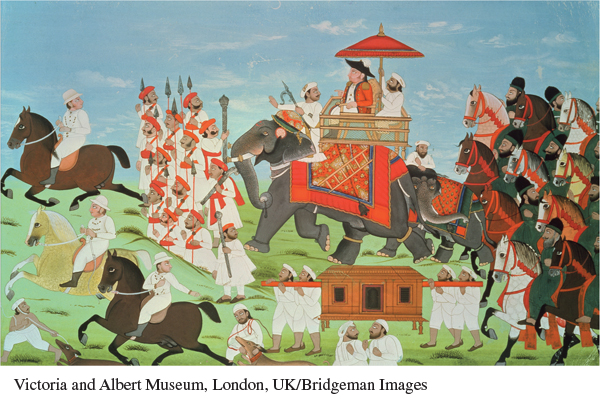CONCEPT 2.2
464-
The Expansion of the European Economy
For most people in this period, life remained a struggle with poverty and uncertainty, with seldom enough good food, warm clothing, or decent housing despite hard work. Yet the economic basis of European life was beginning to change as the European economy responded to challenges and began to expand once again. Population resumed its growth, while colonial empires extended and developed. Some areas were more fortunate than others. The rising Atlantic powers — the Dutch Republic, France, and above all England — and their colonies led the way. New developments in agricultural technology and methods gradually increased the food supply and brought an end to the ravages of hunger in western Europe. A rising rural population led to the growth of cottage industry, in which poor peasants and laborers manufactured goods for the market in a “putting-
The expansion of agriculture, industry, and population in Europe was accompanied by an increase in world trade. Spain and Portugal revitalized their colonial empires and, together with the countries of northwestern Europe, created a fairly unified Atlantic economy that provided remarkable opportunities for them and their colonists. Mercantilist economic policies, aimed at creating favorable balances of foreign trade and increasing the power of the state, led to a series of wars as countries vied for influence. At the core of the Atlantic economy were the misery and profit of the Atlantic slave trade, in which millions of Africans were enslaved and shipped across the Atlantic to work in plantation agriculture producing consumer goods such as sugar, tobacco, and cotton. Commodities imported from abroad and new crops introduced from the Americas became dietary staples for people of all social classes in western Europe, contributing to a new consumer culture that made working people in Europe increasingly dependent on faraway colonial economies and enslaved labor. (Pages 542–
